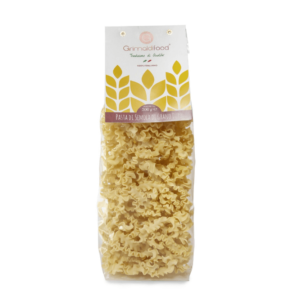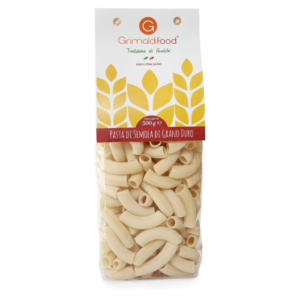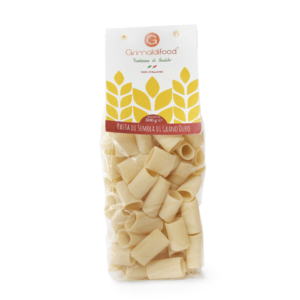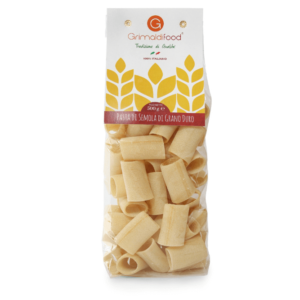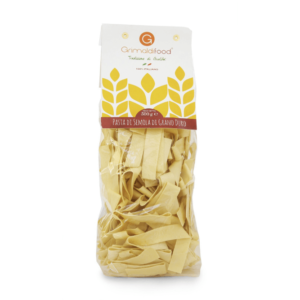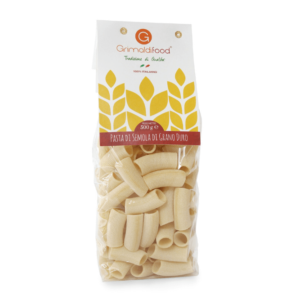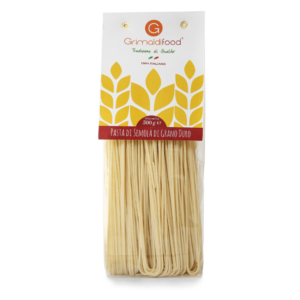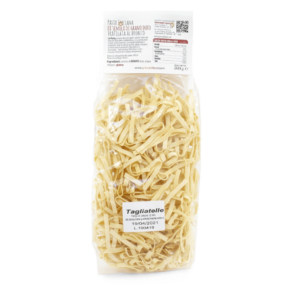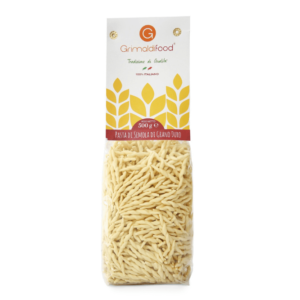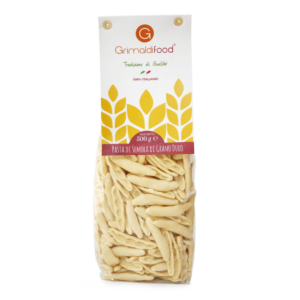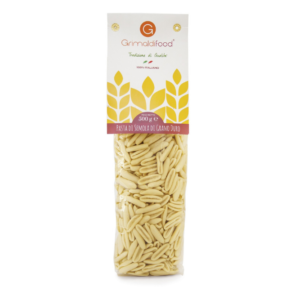Online sale of Pasta
The origins of pasta
Pasta has very ancient origins, just think that it was already known in the times of Magna Graecia (Southern Italy) and Etruria (Central-Western Italy), where it was called in other ways. Pasta, in fact, was known by the Greek word làganon or the Etruscan, Magna Graecia and Italic makària (blessed food). The Latin word pasta derives from păsta with the meaning of “flour with sauce or seasoning”, from the verb pássein, i.e. kneading. This term began to be used in Italy from the year 1051, although the origins of pasta can be traced back to when man began to cultivate cereals, and later learned to grind them, knead them with water, cook them and leave them to dry in the sun to preserve them for a long time. In ancient times, pasta was a food widespread in various parts of the Mediterranean basin and the Far East, in its many local variations, many of which disappeared or did not evolve. The most important novelty for pasta was the Italian invention of a new cooking method and new shapes as well as different types of pasta. Boiling replaced baking in ovens. In Italy, the first hollow pastas can be traced mainly to the Centre-South, such as: rigatoni pasta, pasta penne and bucatini, and the stuffed ones, mainly to the Centre-North, such as: tortellini, ravioli and agnolotti, followed in the North by the advent of fresh egg pasta; while the important invention of dry long-life pasta is historically attributed to the inhabitants of medieval Sicily. The first artisan workshops for the production of homemade pasta were born in the South of Italy.
The consumption of pasta in Italy
Today, Italian pasta is culture and tradition, as well as an integral part of the life of all Italians.
In Italy, dry pasta represents three quarters of total consumption and is obtained through the unique and particular Italian technique of extrusion through bronze dies (bronze-drawn pasta), by rolling and subsequent drying of dough prepared exclusively with durum wheat semolina. The other quarter of consumption is represented by fresh pasta, which, in addition to a higher level of humidity and acidity, also includes the occasional use of soft wheat and the thinning of the dough as an alternative to drawing.
Grimaldi Food website offers you a fresh and dry pasta shop. With the online sale of fresh and dry pasta, you will find different solutions for the purchase of pasta always aimed at quality, selecting artisan products that hold true to tradition.







